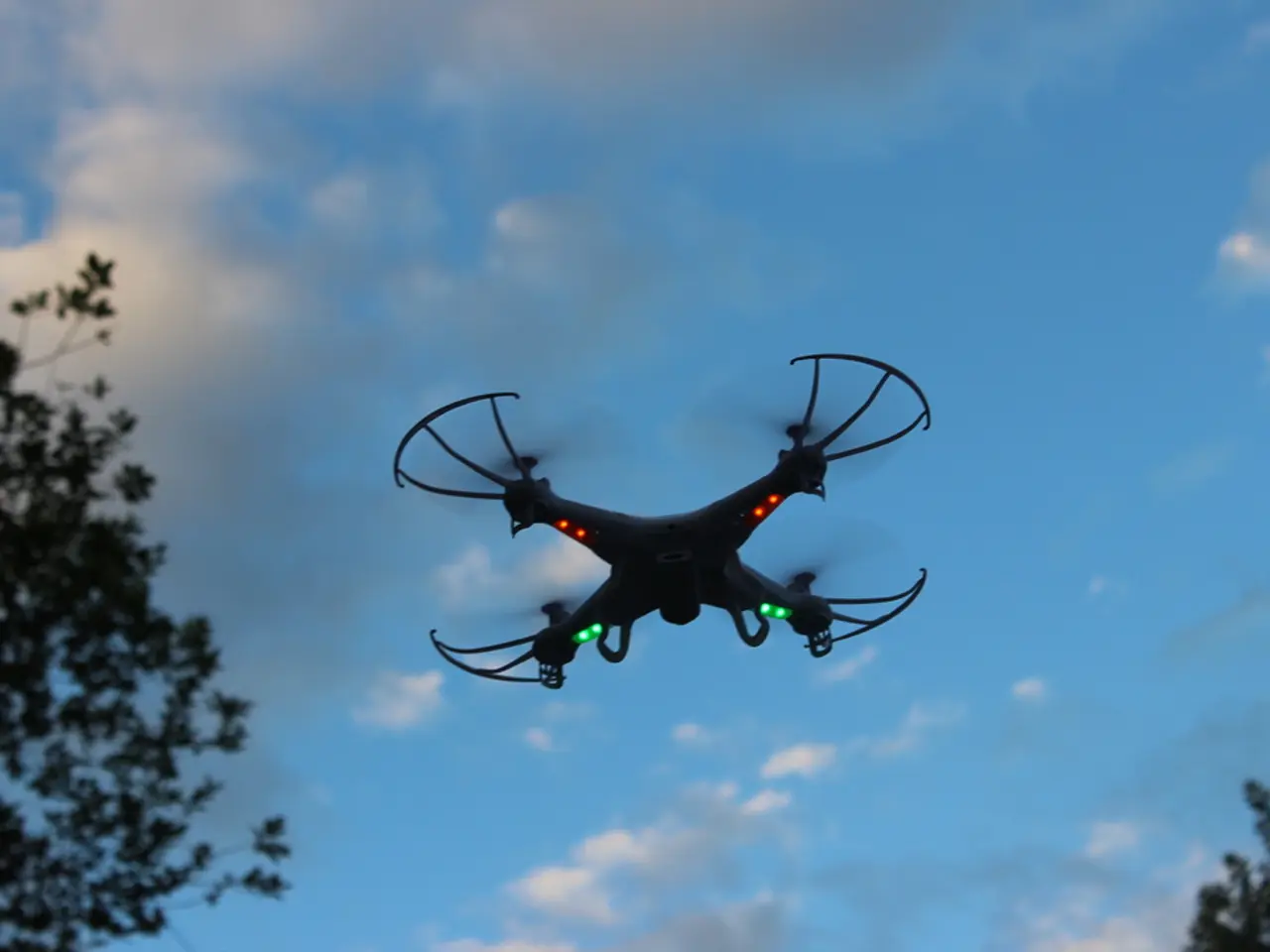The Significance of Regular Upkeep in Operating Extensive Drone Networks
In the realm of drone operations, safety and reliability are paramount. To ensure safe and efficient flights, drones must adhere to FAA regulations, such as weight limits, maximum speed, altitude limits, and maintaining visual line of sight with the operator. Operators must also possess the necessary certifications, like the Part 107 certificate for commercial pilots or passing the Recreational UAS Safety Test (TRUST) for hobbyists.
Moreover, avoiding restricted airspace and respecting Temporary Flight Restrictions (TFRs) is crucial to prevent any potential mishaps. Safety features integrated into drones address common risks, including battery failures, mechanical malfunctions, environmental hazards, loss of control, and navigation errors. Modern drones are equipped with multiple layers of protection, such as advanced battery management systems, redundant avionics, collision avoidance sensors, emergency landing protocols, and environmental risk controls.
However, even with the most advanced safety features, drones require regular maintenance to remain operational and safe. A website platform can significantly aid in this regard by offering a maintenance feature designed to streamline the management of maintenance workflows for large fleets of drones and batteries.
This platform provides a maintenance overview, making it easy to see when an asset is due for maintenance, ensuring nothing falls through the cracks. It allows setting maintenance intervals based on time, number of flights, or usage hours, ensuring assets are serviced at the right time. The platform also provides a maintenance history for each asset, allowing for review of past maintenance activities, ensuring transparency and accountability.
After maintenance is completed, details can be recorded directly in the platform, including notes, costs, and completion date. The platform also supports batch updating of multiple batteries simultaneously, reducing downtime and preventing firmware mismatches that could ground the drone. It centralizes battery status, update notifications, usage logs, and maintenance reminders, automating the management process and reducing human error.
In summary, the key components for safe and reliable drone operations involve strict adherence to regulatory requirements, comprehensive safety features on the drone itself, and proper pilot knowledge and certification. For efficient drone and battery maintenance management via a website platform, centralized firmware update tracking for drones and batteries, battery health monitoring and notifications, automated maintenance schedules and record-keeping, and integration with drone operation logs for comprehensive fleet management are essential.
Such integrated platforms help ensure drones are always in optimal condition, reduce operational risks, and maintain regulatory compliance consistently. By prioritizing safety and efficiency, these platforms contribute to the growing success of the drone industry.
- To maintain safety and ensure compliance with regulations during drone operations, operators must pass necessary certifications like the Part 107 certificate or the Recreational UAS Safety Test (TRUST).
- Modern drones, equipped with advanced safety features, mitigate risks such as battery failures, mechanical malfunctions, and navigation errors, enhancing operational safety.
- For efficient drone and battery maintenance management, a website platform offers features like centralized battery status tracking, automated maintenance schedules, and record-keeping, reducing human error.
- By using this platform, operators can easily monitor when an asset needs maintenance, review past maintenance activities, and record details post-completion, ensuring transparency and accountability.
- The integration of drone operation logs, firmware update tracking for drones and batteries, and automation of maintenance processes in the platform ultimately contributes to consistent regulatory compliance, operational risk reduction, and the overall success of the drone industry, aligning with the priorities of safety and efficiency.




